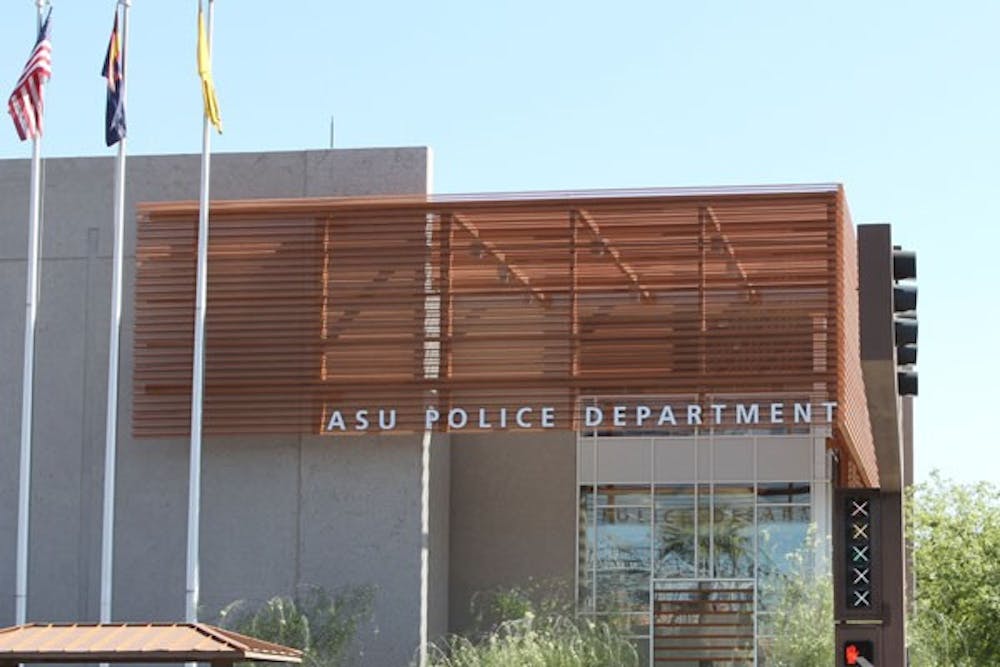The ASU Police Department will unveil a new interactive crime-mapping system on its Web site May 3 to help combat crime and better inform the public of campus crime trends, police officials said.
ASU Police Spokesman Cmdr. Jim Hardina said members of the public will be able to access a map of all four campuses that displays crime information.
“It’s basically like an old-style pin map you see in police stations,” Hardina said. “It’s like a virtual pin map for the public.”
The software, developed by a company called CrimeReports, uses a Google mapping system embedded into the ASU Police Web site to graph locations and details of crimes across the four campuses, crime prevention officer Brian Kiefling said.
Kiefling, who will supervise the use of the software, said new crimes are added to the map as soon as police reports are approved and entered into the department’s record management system.
Kiefling will monitor the software for erroneous information, he said, but the software prevents officers from manipulating data on the maps.
The mapping software will not only benefit the public, but also contribute to improving aspects of law enforcement, Hardina said.
Currently, patrol officers are notified of days, locations and times of high rates of crime through a system similar to e-mail, Hardina said, but this new software will “narrow the window” of patrol focus.
One particular aspect of law enforcement that will be benefit from the software is property theft, Hardina said.
“There are literally tens of thousands of bikes on the Tempe campus, and hundreds of bike racks,”
he said. “When we have a squad of four undercover officers out there looking for bike thieves, it’s like a needle in a haystack.”
Analysis of the data through the software will also help police to warn the public about crime trends and when to be more vigilant, he said.
The maps accessible to the public will include four different styles, an option to select several time intervals and an ability to filter by individual crime or area, Kiefling said.
The software, which will cost the police department $250 monthly to host, is user-friendly, he said.
“Even if you’re not very computer-literate, you can make it happen,” Kiefling said.
Reach the reporter at mhendley@asu.edu





